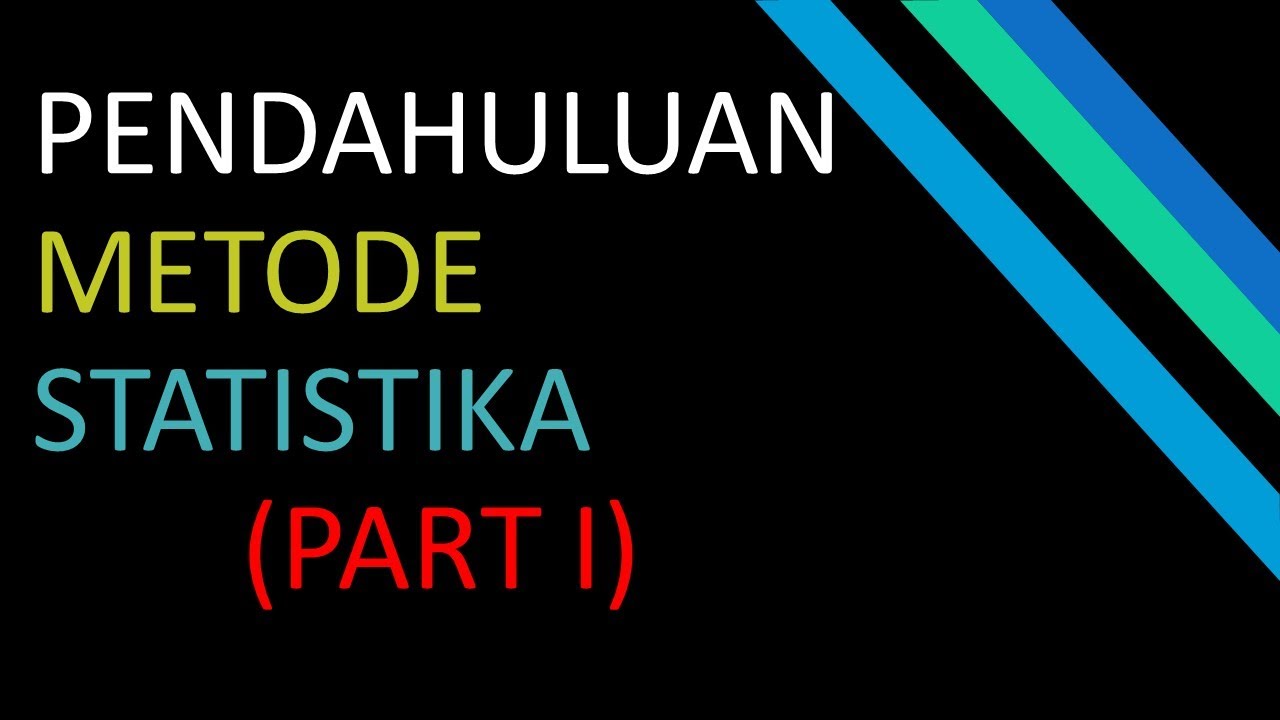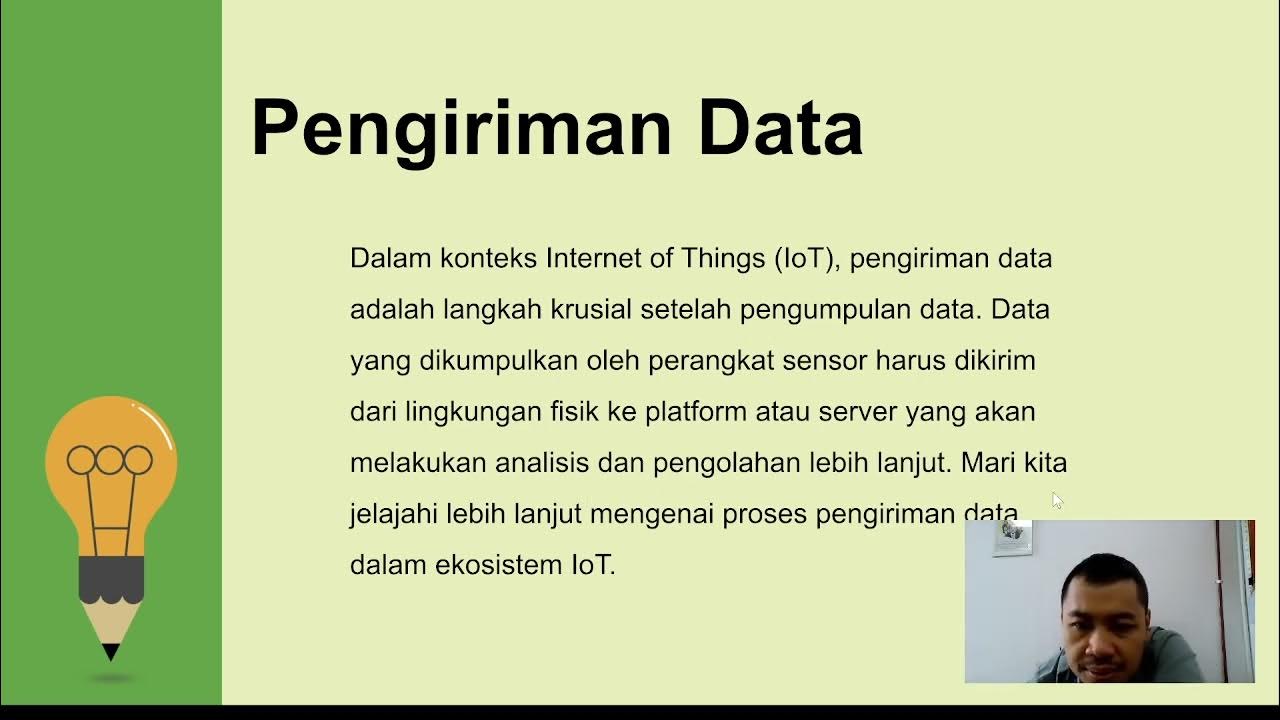DEFINISI PENGOLAHAN DATA
Summary
TLDRThe video script discusses the fundamentals of data processing, including data collection, editing, transformation, analysis, and presentation. It explains the importance of data processing in problem-solving, decision-making, and understanding event probabilities. The script covers data editing for accuracy, coding for non-numeric data, and tabulation for organizing data into tables. It also explains different types of tables used in data analysis, such as classification, contingency, and frequency tables, emphasizing their roles in simplifying and informing data analysis.
Takeaways
- 📊 Data processing involves transforming raw data into a format suitable for analysis.
- 🔍 The three main processes in data processing are data editing, transformation, and analysis.
- ✂️ Data editing is the initial step where raw data is checked and corrected for inconsistencies.
- 🔄 Transformation or coding involves converting non-numeric data into a numerical form to facilitate analysis.
- 📊 Analysis and presentation of data are tailored to the specific case or problem at hand.
- 📈 Data analysis can involve comparing variables or examining the influence of one variable on another.
- 🎯 The importance of data processing is highlighted by its use in problem-solving, identifying opportunities, and decision-making.
- 📋 Tabulation is part of data processing where data is organized into tables to meet analysis needs.
- 📊 Three common types of tables used in data analysis are classification tables, cross-tabulation tables, and frequency tables.
- 📑 Classification tables group data based on a single criterion, cross-tabulation tables organize data by two or more criteria, and frequency tables summarize data into more simplified and informative groups.
- 🗂️ The presentation of data in tables and graphs is crucial for easy analysis and understanding of the data.
Q & A
What is data processing?
-Data processing is a general term that refers to the methods and activities that transform raw data into meaningful information. It involves several steps, including data collection, editing, transformation, analysis, and presentation.
Why is data editing necessary?
-Data editing is necessary because raw data is often in a form that cannot be directly analyzed. It may contain errors or inconsistencies that need to be corrected before it can be used for meaningful analysis.
What is the purpose of transforming data?
-Data transformation is used to convert non-numeric or categorical data into a format that can be easily analyzed, such as assigning numerical scores to categorical responses.
What are the three main processes in data processing?
-The three main processes in data processing are data editing, coding or transformation, and tabulation.
How does data editing differ from coding or transformation?
-Data editing involves checking and correcting collected data for inconsistencies or errors, while coding or transformation is the process of converting data into a form suitable for analysis, such as assigning numerical codes to categorical variables.
What is tabulation in data processing?
-Tabulation is the process of organizing data into a table format, which can include calculations like averages and variances, to facilitate analysis.
Why is data presentation important?
-Data presentation is important because it allows for the clear communication of findings. It can be presented in tables or graphs to make complex data easier to understand.
What are the types of tables commonly used in data analysis?
-Commonly used tables in data analysis include classification tables, cross-tabulation tables, and frequency tables.
How does a classification table differ from a cross-tabulation table?
-A classification table organizes data based on a single criterion, while a cross-tabulation table organizes data based on two or more criteria.
What is the purpose of a frequency table?
-A frequency table is used to summarize or group data into simpler, more informative categories, often showing the count of occurrences within certain ranges.
What are the benefits of using numerical scores for categorical data?
-Using numerical scores for categorical data allows for easier comparison and analysis, as it converts qualitative data into a quantitative format that can be processed mathematically.
Outlines

Этот раздел доступен только подписчикам платных тарифов. Пожалуйста, перейдите на платный тариф для доступа.
Перейти на платный тарифMindmap

Этот раздел доступен только подписчикам платных тарифов. Пожалуйста, перейдите на платный тариф для доступа.
Перейти на платный тарифKeywords

Этот раздел доступен только подписчикам платных тарифов. Пожалуйста, перейдите на платный тариф для доступа.
Перейти на платный тарифHighlights

Этот раздел доступен только подписчикам платных тарифов. Пожалуйста, перейдите на платный тариф для доступа.
Перейти на платный тарифTranscripts

Этот раздел доступен только подписчикам платных тарифов. Пожалуйста, перейдите на платный тариф для доступа.
Перейти на платный тариф5.0 / 5 (0 votes)






